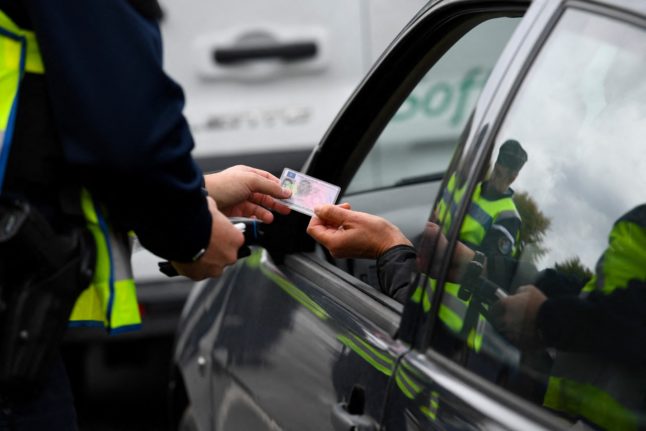Question: I have a property in France and I got a six-month visitor visa so we can spend more time there since Brexit, but how does this work with the 90-day rule? Do we still use that rule for the rest of the year?
If you’re not a citizen of an EU country and you want to spend more than 90 days at a time in France, you will need a visa. This has always been the case for non-EU nationals such as Americans and Australians, but since Brexit it also applies to Brits.
Many British second-home owners who were previously accustomed to splitting their time equally been France and the UK now have to either limit their stay or get a visa.
We’ve got a complete guide to how the 90-day rule works HERE
And a step-by-step guide to getting a visa HERE
There are many different types of visa, but the one that many second-home owners have opted for is the 6-month visitor visa. This allows you to keep your main residency in your home country without having to worry about things like tax status, but enjoy lengthy visits to your French property.
But if you have a six-month visa, then what are the rules for the other six months of the year?
Essentially, having a visa suspends the 90-day rule when you are coming to France – so within the period of validity of your visa you can spend as much time in France as you like and you don’t need to worry about counting the days.
However it’s important to note that this is only the case for France – the 90-day rule covers the whole of the EU and Schengen zone, so if you make any trips to – for example – Germany or Spain during the period when your French visa is activated, those days still count towards your 90 day limit.
Once your visa has expired, you revert to the 90-day rule when it comes to trips to France, meaning that you can be here for 90 days out of every 180 but at the end of that period you must leave the Schengen zone.
This operates on a rolling calendar, so you always count back 180 days from the present date to see how many days you have spent in the EU in that period, and therefore how many you have left – if you’re confused, the online Schengen calculator HERE allows you to input your dates and work out your total.
If you intend to roll your visa period directly into your 90 days you will need to leave the Schengen zone at least for one day, otherwise it will appear that you have overstayed your visa – you need to exit the EU, and then re-enter without a visa to allow your days to be correctly calculated.
Tax
And a quick note on tax. The 90-day rule and visa rules refer to your immigration status, but if you intend to spend up to nine months of the year in France, you need to also check your tax status both in France and in your home country to avoid breaching the rules on tax residency.
Immigration checks
Over the years France has earned itself a reputation as being one of the less strict countries in Europe when it comes to policing stays from visitors. However, Brexit appears to have changed this with many people reporting stricter border checks and some people being fined or having their passports stamped for over-staying their 90 days.
It’s likely that you won’t be checked every time you enter and leave, but if you are caught overstaying a visa or a 90-day limit, the penalties can be more severe than a simple fine. If your passport is stamped as an over-stayer it is likely to make future travel (anywhere in the EU, not just in France) more difficult, and you may also be rejected for future visas.
And once the EES rules come into effect in 2023, checks will get stricter.



 Please whitelist us to continue reading.
Please whitelist us to continue reading.
Testing Testing
mmmmmmm